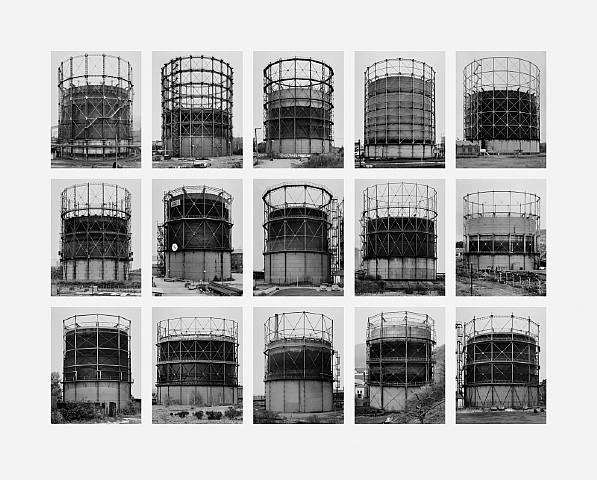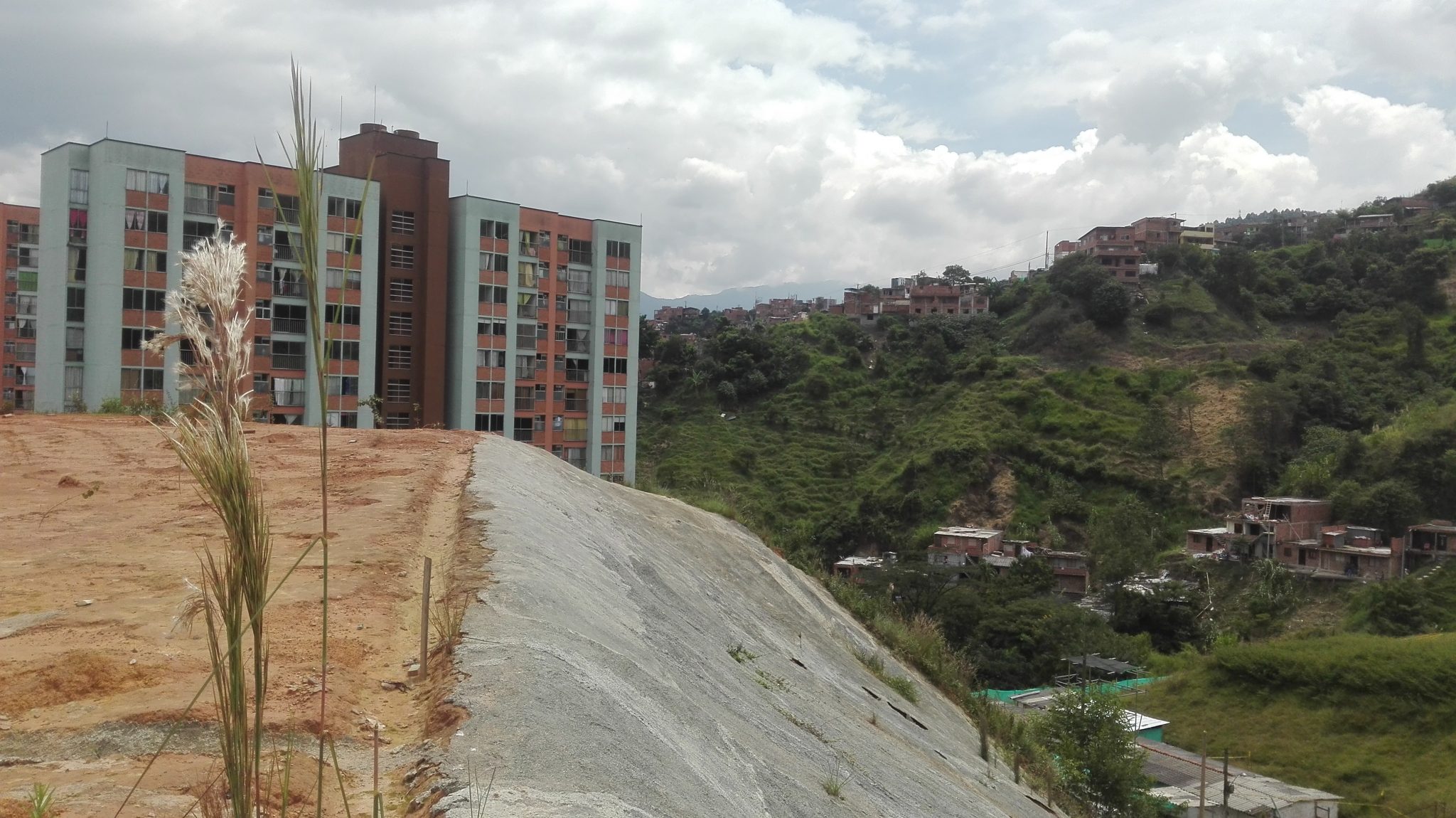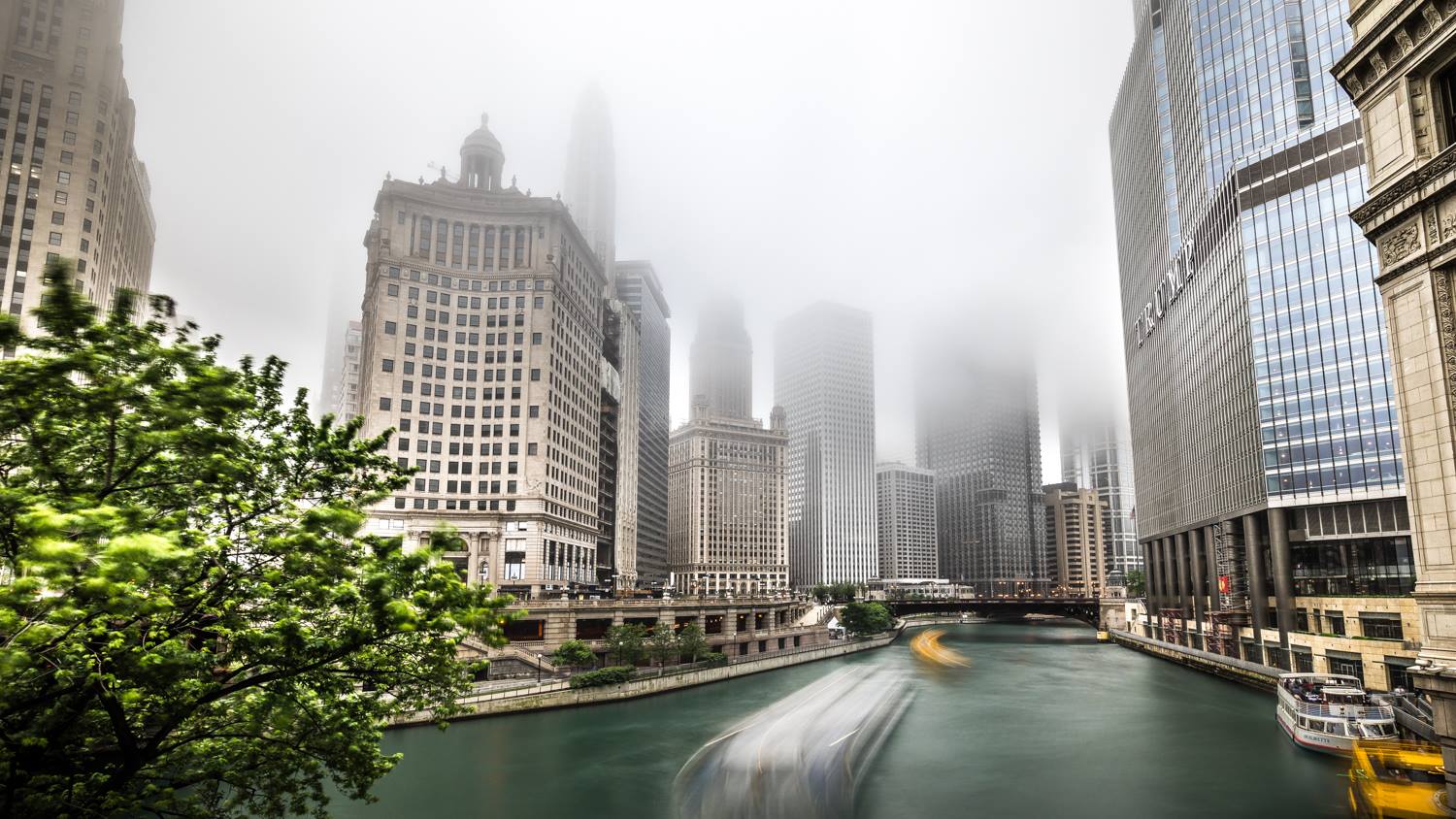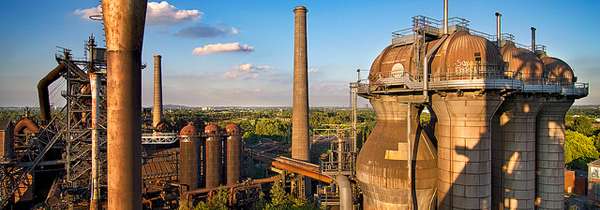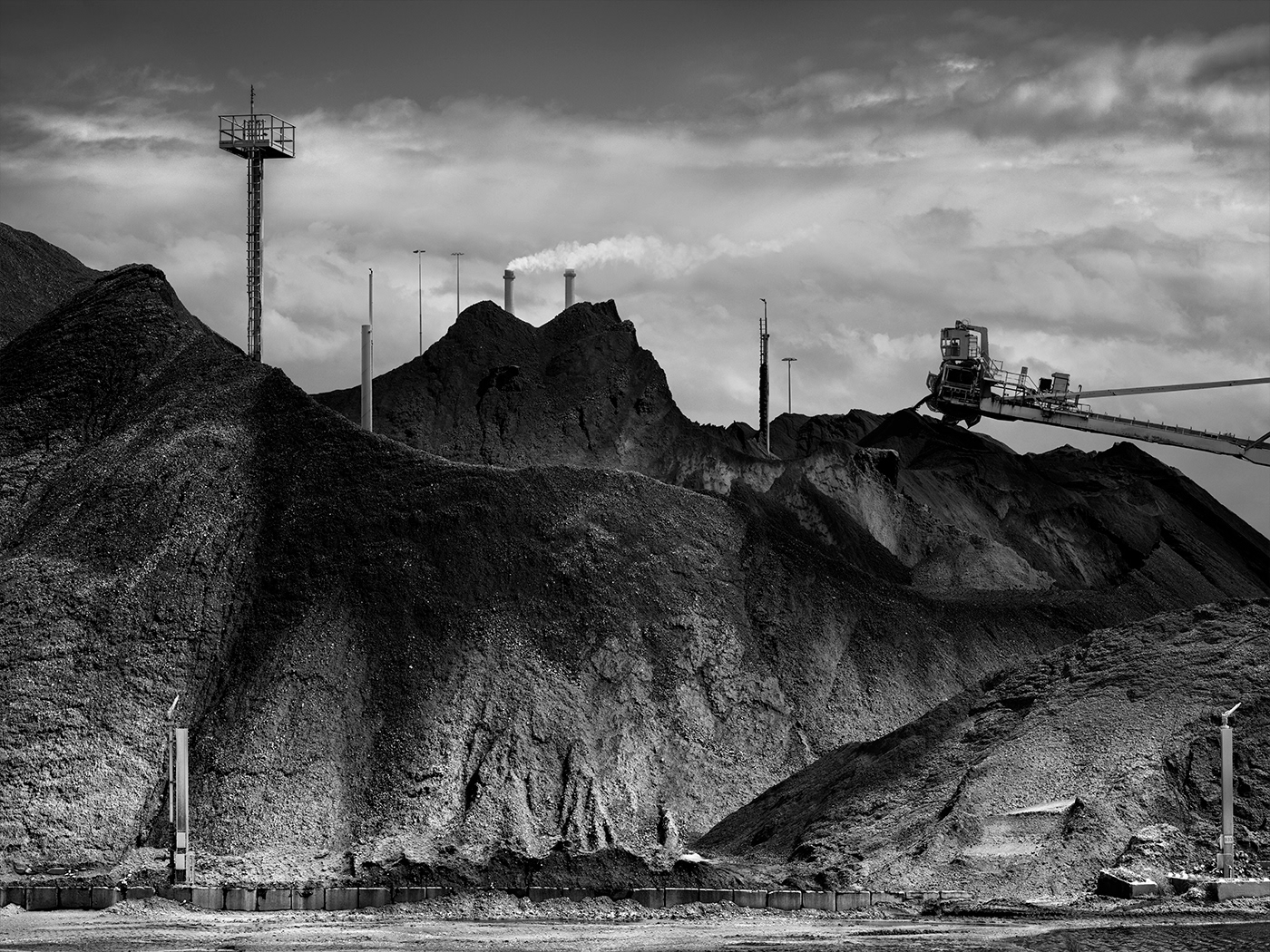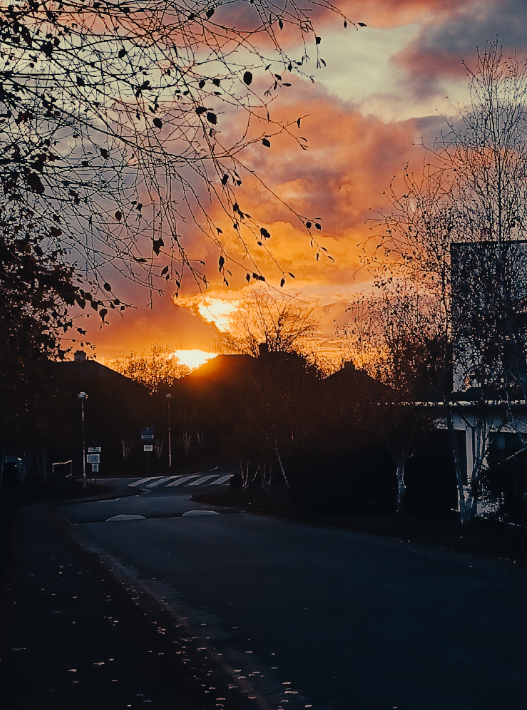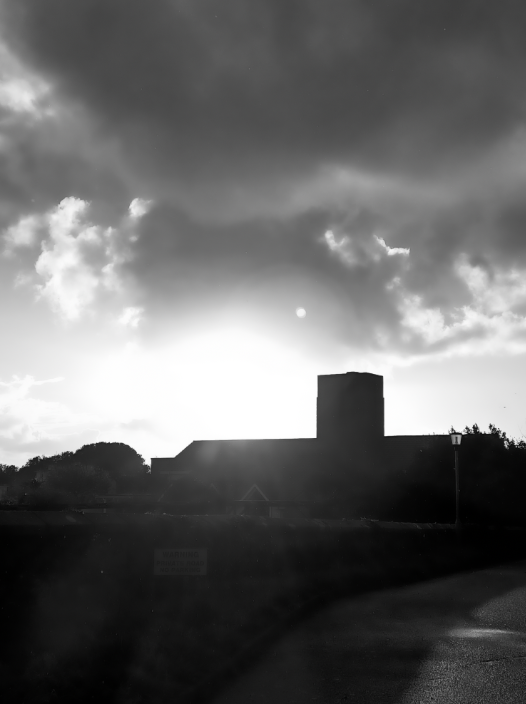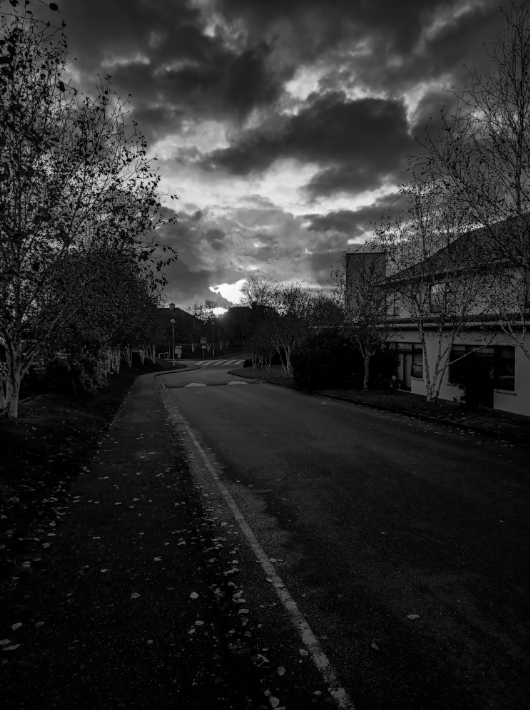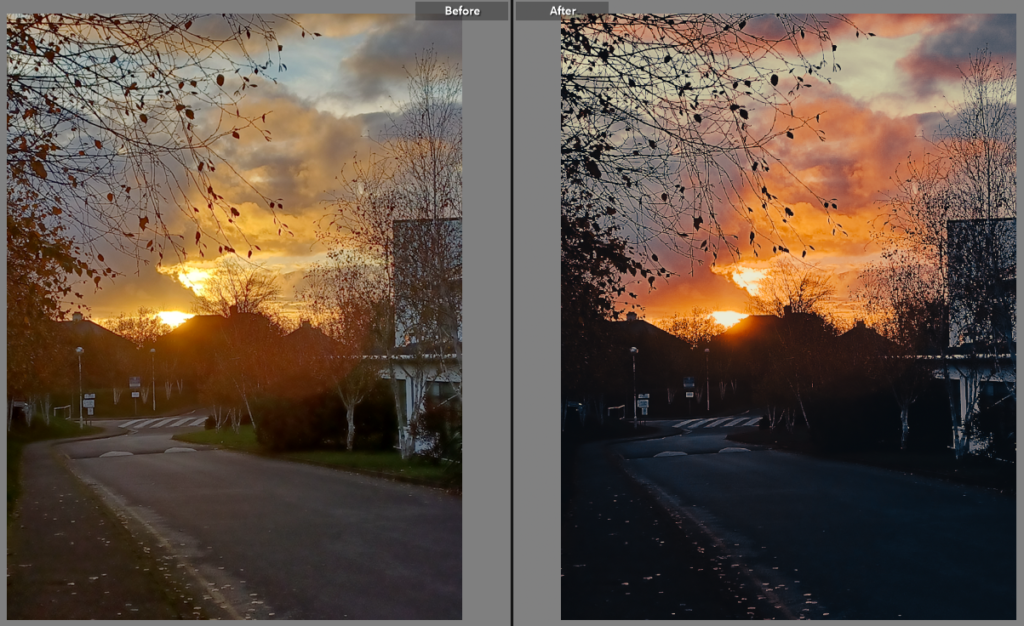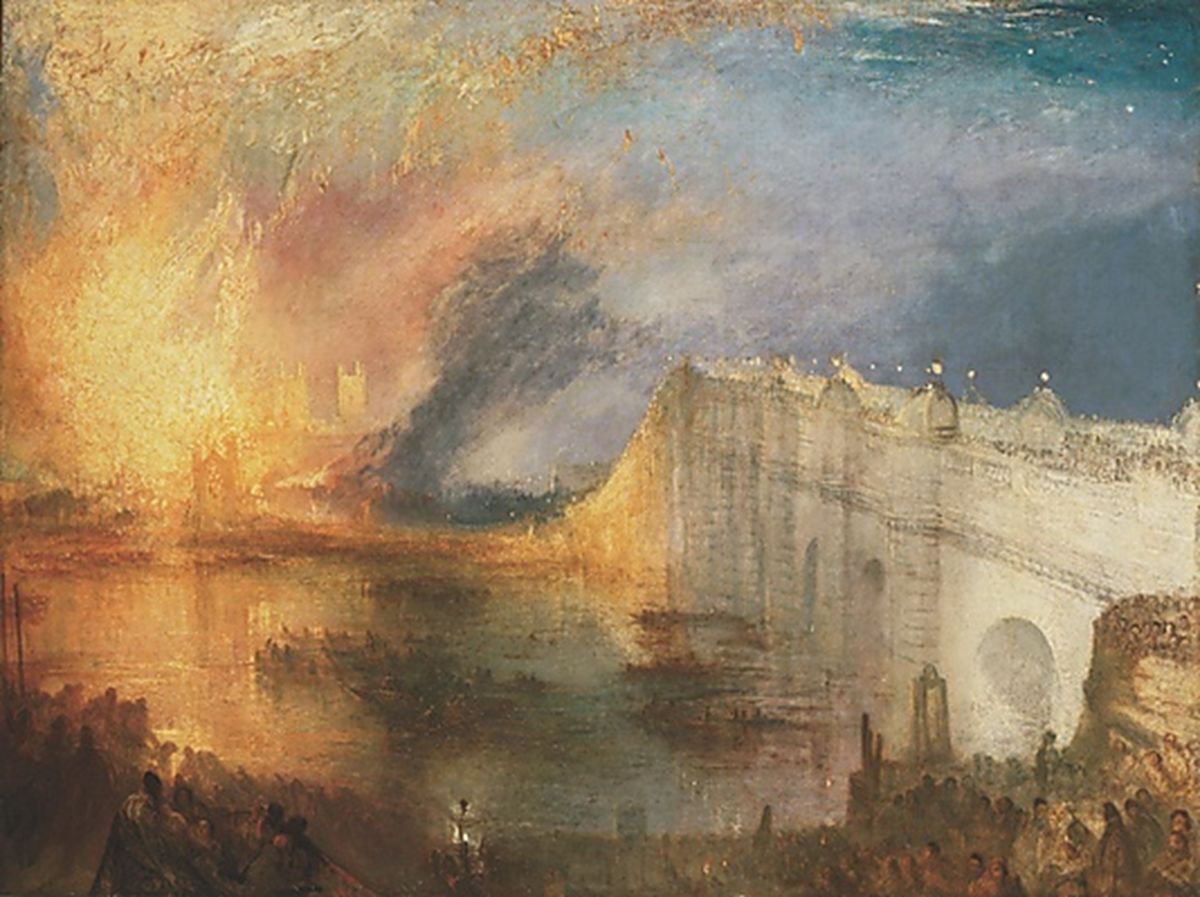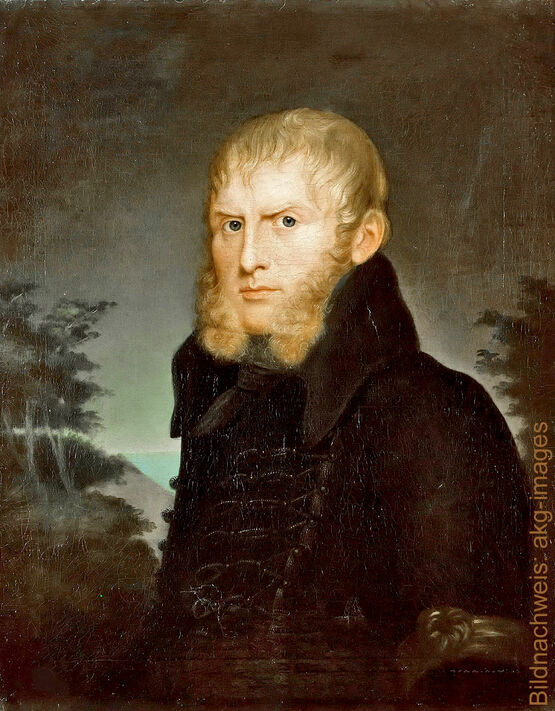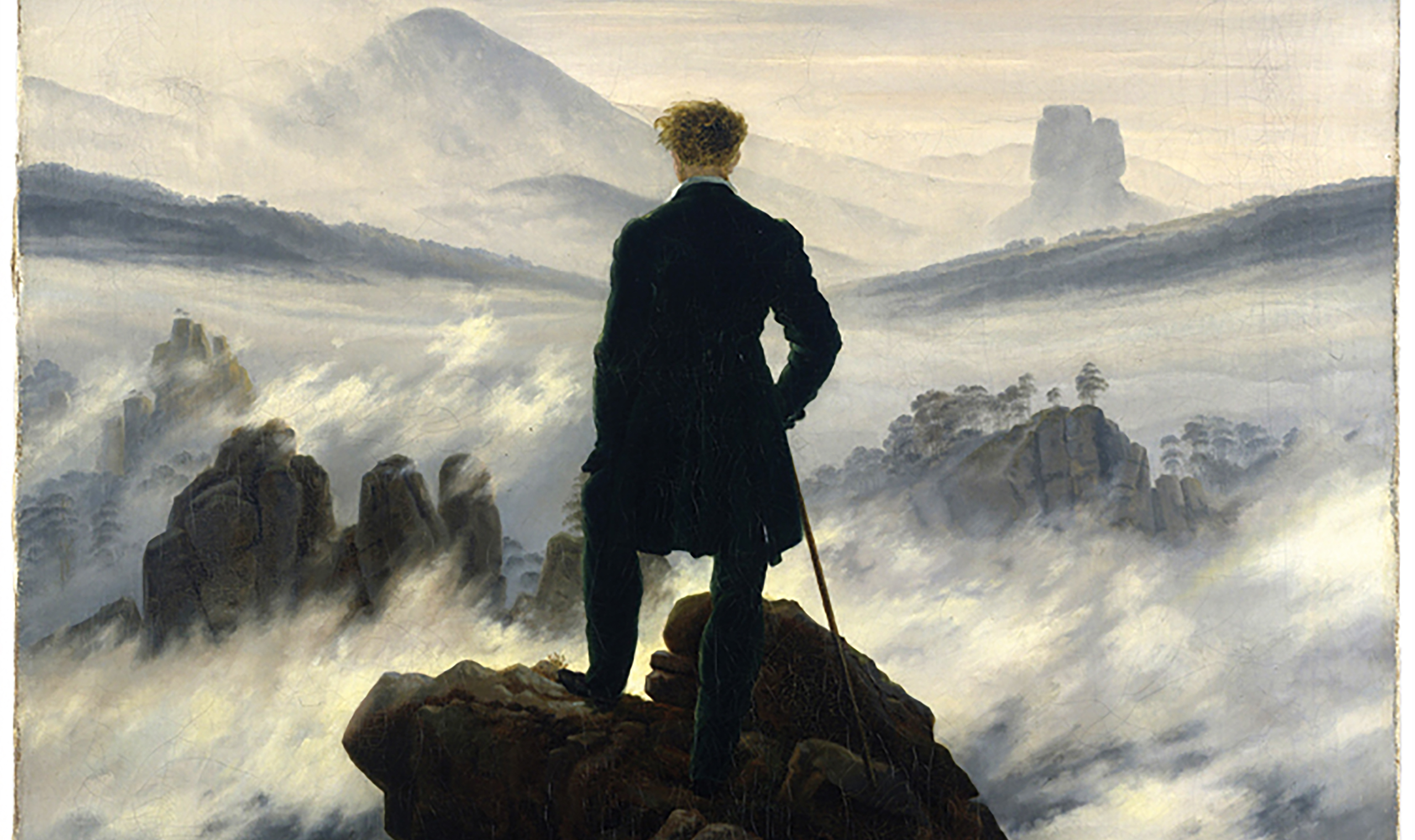Gustave Le Gray
Gustave Le Gray was born on 30 August 1820 in Villiers-le-Bel, Val-d’Oise. He was an only child, and his parents encouraged him to become a solicitor’s clerk, but from a young age, he aspired to be an artist.
He was originally trained as a painter, studying under François-Édouard Picot and Paul Delaroche, and would later exhibited his paintings at the salon in 1848 and 1853. He then crossed over to photography during the early years of its development, making his first daguerreotypes by 1847. His early photographs included portraits and scenes of nature.
In 1851, he became one of the first five photographers hired for the Missions Heliographies to document French monuments and buildings. In that same year, he helped found the Société Heliographies, the “first photographic organization in the world.” Le Gray published a treatise on photography, which went through four editions, in 1850, 1851, 1852, and 1854.
In 1855, Le Gray opened a “lavishly furnished” studio. At that time, becoming progressively the official photographer of Napoleon III. His most famous work dates from this period, 1856 to 1858, especially his seascapes. The studio was a fancy place, but in spite of his artistic success, his business was a financial failure: the business was poorly managed and ran into debts. He therefore “closed his studio, abandoned his wife and children, and fled the country to escape his creditors.”
Le Gray went to Lebanon, then Syria where he covered the movements of the French army for a magazine in 1861. Injured, he remained there before heading to Egypt. In Alexandria he photographed Henri d’Artois and the future Edward VII of the United Kingdom. In 1862, his wife Leonardi returned to Rome, requesting and receiving 150 francs for financial assistance. In 1863, Leonardi asked Le Gray to provide her with a monthly pension of 50 or 60 francs.
In 1868, a collection of photographic seascapes by Gustave Le Gray was donated by millionaire art collector Chauncy Hare Townshend to the Victoria and Albert Museum. (He had kept them in portfolios along with his watercolors, etchings and engravings; they therefore remained in excellent condition, preserved to museum standards almost since they were made.)
On 16 January 1883, he had a son with the nineteen-year-old Anaïs Candounia. Registration of their sons birth was voided due to lack of proof of Leonardi’s death. Le Gray died on 30 July 1884, in Cairo. His only surviving child from his marriage to Leonardi, Alfred, was designated as his heir.

‘The Great Wave’ was the most dramatic of Gray’s seascapes, combining technical mastery with expressive grandeur. At the horizon, the clouds are cut off where they meet the sea. This indicates the join between two separate negatives.
Most photographers would of found it impossible to achieve proper exposure for both landscape and sky in a single picture during his time. This would usually result in sacrificing the sky, which was then over-exposed. Gray’s innovation was to print some of the seascapes from two separate negatives – one exposed for the sea, the other for the sky – on a single sheet of paper.

What kinds of landscape does it describe?
This image describes a coastal landscape, with the sea crashing against the rocks and the harbour in the background acting as a focus point, as well as adding stability to the image.
What words or phrases best describe the landscape?
I think some words that would describe this image would be; wild, collision, structure, contrast, vintage, rural, open.
Dafna Talmor
This ongoing body of work consists of staged landscapes made of collaged and montaged colour negatives shot across different locations, merged and transformed through the act of slicing and splicing. ‘Constructed Landscapes’ references early Pictorialist processes of combination printing as well as Modernist experiments with film. The work also engages with contemporary discourses on manipulation, the analogue/digital divide and the effects these have on photography’s status.

What kinds of landscape does it describe?
It describes a beach landscape with images of the sand and sea pieced together.
What words/phrases best describe the landscape?
I think some words that would describe this image are: abstract, puzzle, cold, damp
Comparison
What similarities do you notice about these two pictures?
both images are taken near the ocean, both images include rocks, both images include low exposure.
What differences do you notice?
Only one photo includes the sky, one photo is dismembered, one photo is in black and white
In which of these landscapes would you prefer to live?
I would prefer to live in the great wave image, because its more organised and structured.


